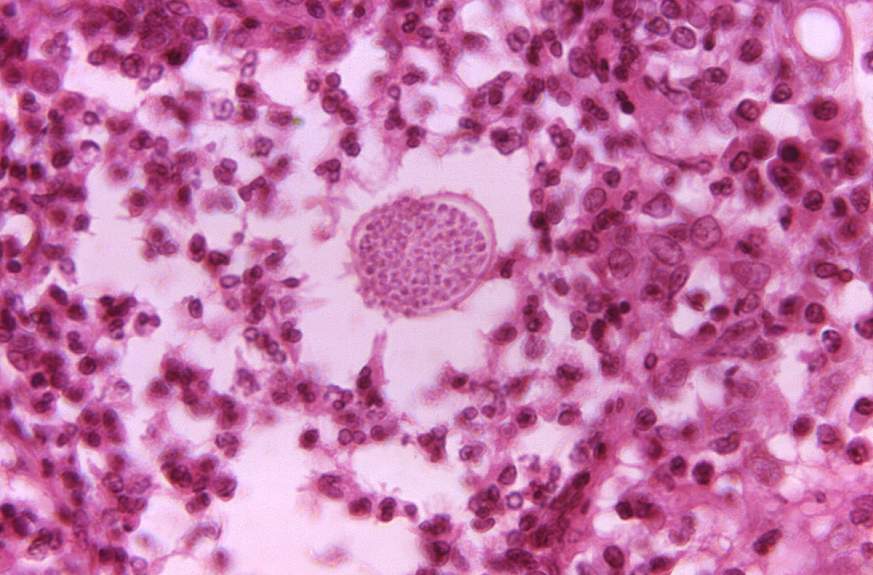From CO2 Science: Each year plant pathogens have the potential to cause serious reductions in crop yields worldwide, which can have severe impacts on local (and even global) food security. However, it has long been hypothesized that the air’s increasing atmospheric CO2 concentration is enhancing plant defenses, thereby countering and minimizing yield reductions due to pathogen damage. The latest study demonstrating support for this hypothesis comes from the work of Dorneles et al. (2020), who investigated the impact of elevated CO2 on brown spot disease of rice, caused by the fungus Bipolaris oryzae.
Paper Reviewed: Dorneles, K.R., Refatti, J.P., Pazdiora, P.C., de Avila, L.A., Deuner, S. and Dallagnol, L.J. 2020. Biochemical defenses of rice against Bipolaris oryzae increase with high atmospheric concentration of CO2. Physiological and Molecular Plant Pathology 110: 101484.
According to these researchers, brown spot disease “occurs in all rice-growing regions and is considered one of the main diseases of the crop,” causing grain yield reductions of “up to 90%.”
The work was conducted at the Federal University of Pelotas, Capão do Leão, RS, Brazil in a field setting using open-top chambers. Two rice cultivars (BRS Querência and Inov CL) were grown under ambient (400 ppm) or elevated (700 ppm) CO2 concentrations. At the V7-V8 phenological stage half of the plants in each CO2 treatment were subjected to inoculation of B. oryzae. Thereafter, disease resistance components and biochemical analyses were performed on the sixth, seventh and eighth leaves (sampling times of 12, 24, 48, 72 and 96 hours after inoculation) to investigate the impact of CO2 fertilization on brown spot resistance.
Reporting on their findings, Dorneles et al. write “the reduction of the severity of brown spot by the increase in CO2 concentration was indicated by the resistance components, where the relative efficiency of infection, initial and final number of lesions, rate of lesion expansion and final lesions size were lower in plants at 700 ppm of CO2, regardless of cultivar.”
With respect to how elevated CO2 accomplished this feat, they say “the efficiency of the antioxidant system in rice plants was enhanced at 700 ppm of CO2, attenuating the deleterious effects caused by the pathogen and allowing the cells to maintain their integrity and viability, as evidenced by MDA, a biochemical marker of that cell damage.” And, they add, “the increase in the atmospheric concentration of CO2 provided greater reinforcement of the cell wall defense by increasing the concentration of both TSP and DLTGA, at the beginning of the infection process.” This latter observation is important because TSPs are “compounds considered to be antifungal and are involved in cell wall reinforcement when accumulated quickly at sites of infection, which is of paramount importance to restrict infection by the pathogen.”
In summarizing their work Dorneles et al. say their results “show that the concentration of 700 ppm of CO2 in rice plants attenuates oxidative damages and reduces the severity of brown spot disease, caused by B. oryzae, by intensifying the activity of antioxidant enzymes and the accumulation of phenolic compounds and lignin.” Such favorable findings highlight some of the many virtues of CO2 in an age where this incredible (and essential) molecule is falsely demonized as a harmful pollutant. Reality is just the opposite.


